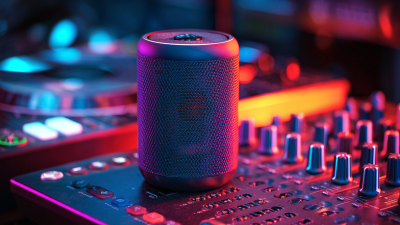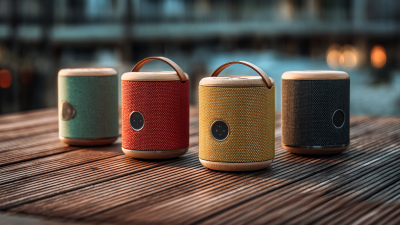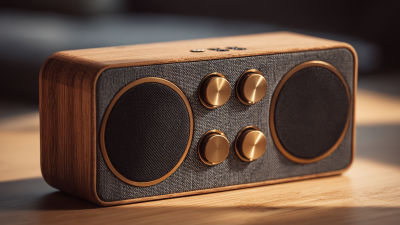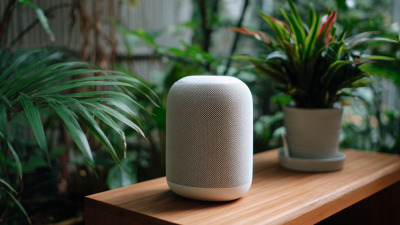In recent years, the popularity of Wireless Bluetooth speakers has surged dramatically, with the global market projected to reach $12.8 billion by 2027, according to a report by Grand View Research. These portable sound systems have redefined how we listen to music, allowing users to enjoy high-quality audio without the constraints of traditional wired systems. However, understanding the intricate science behind their sound quality is essential for both manufacturers and consumers alike. Factors such as speaker driver design, Bluetooth codecs, and amplification technology significantly influence performance. As new advancements continue to emerge, including the integration of smart technologies and improved audio processing, the Wireless Bluetooth speaker market remains a dynamic field that blends convenience with sound fidelity, ultimately enhancing the listening experience.
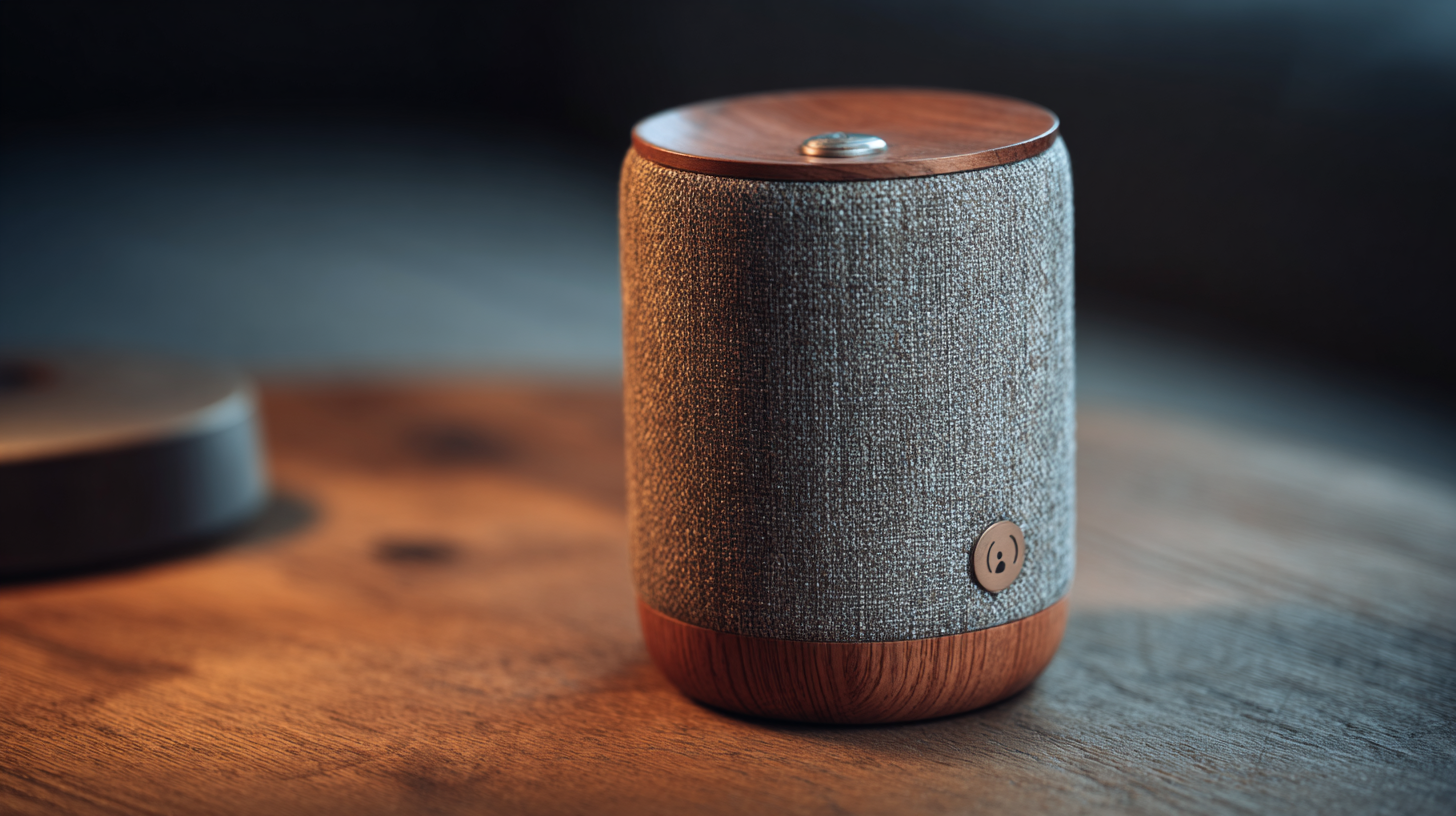
Bluetooth technology has revolutionized the way we experience audio by enabling wireless communication between devices. At its core, Bluetooth uses radio waves to transmit data over short distances, typically within a range of 30 feet. This technology operates by establishing a secure connection between audio sources, like smartphones or computers, and Bluetooth speakers. The process begins with pairing, where devices exchange unique identifying codes, creating a dedicated link for seamless audio playback.
However, the impact of Bluetooth on sound quality can vary significantly based on several factors. The codec used for compression and decompression is crucial. Popular codecs like SBC, AAC, and aptX differ in their efficiency and fidelity, influencing how well audio is transmitted. Moreover, environmental factors such as interference from other wireless devices and obstacles can also affect the quality of sound output. Understanding these dynamics allows users to make informed choices about their Bluetooth speakers, ensuring they achieve the best possible audio experience in various settings.
| Parameter | Description | Typical Value |
|---|---|---|
| Bluetooth Version | The version of Bluetooth technology used in the speaker. | 5.0 |
| Frequency Response | The range of frequencies that the speaker can reproduce. | 20Hz - 20kHz |
| Battery Life | How long the speaker can operate on a single charge. | 10 hours |
| Audio Codec | The method used for audio compression to reduce file size. | AAC, aptX |
| Impedance | The resistance of the speaker to the electrical signal. | 4 ohms |
| Weight | The weight of the speaker, which affects portability. | 1.5 kg |
| Wireless Range | Maximum distance from the audio source. | 30 meters |
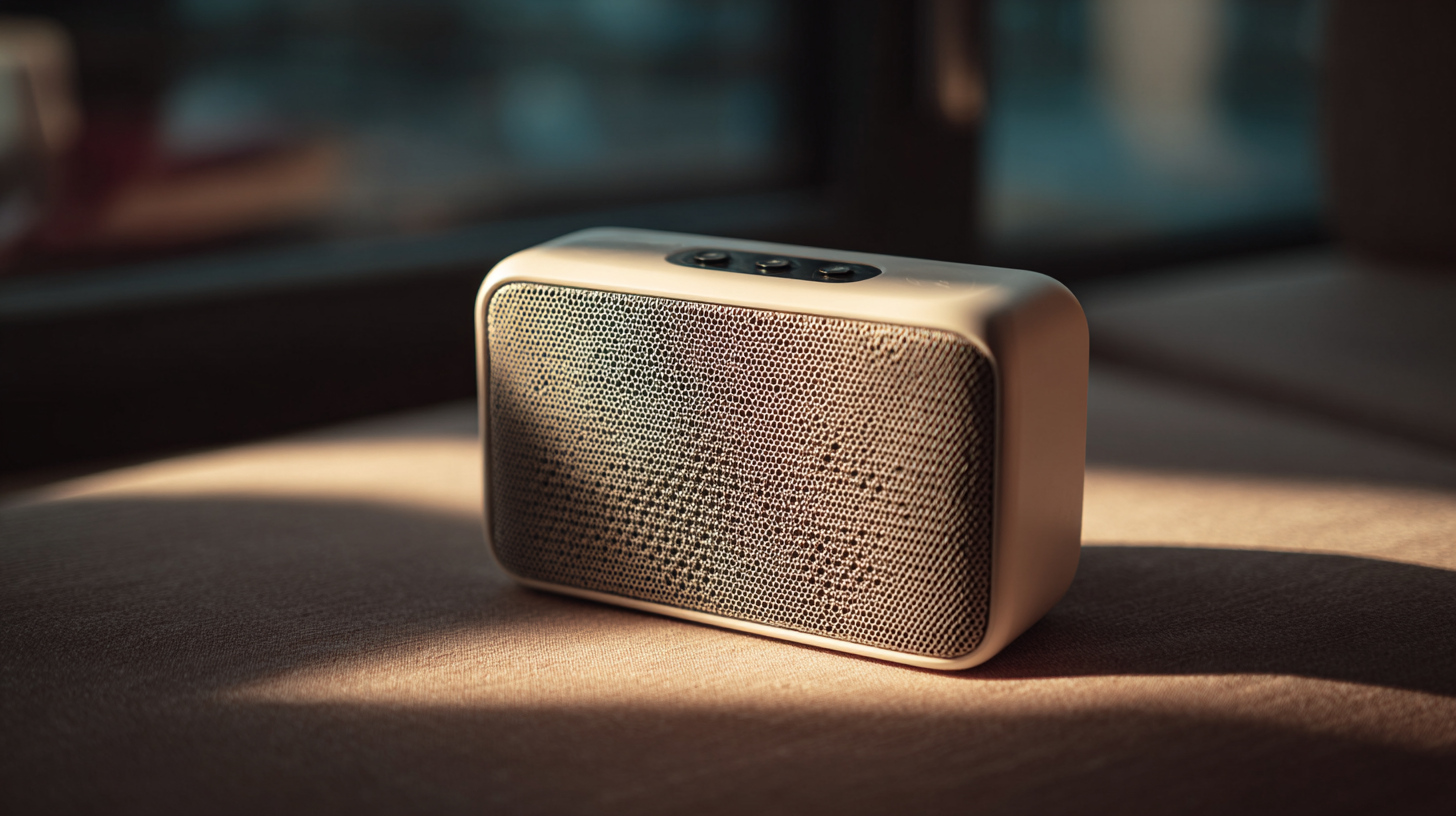 Wireless Bluetooth speakers have surged in popularity, offering convenience without sacrificing portability. However, sound quality can vary significantly based on several critical factors. One major influence is the speaker's driver size and technology. Larger drivers generally produce richer and clearer sound, with deeper bass response. According to a report by the Audio Engineering Society, speakers equipped with advanced driver technologies, such as passive radiators, can enhance sound reproduction by up to 30% compared to standard driver designs.
Wireless Bluetooth speakers have surged in popularity, offering convenience without sacrificing portability. However, sound quality can vary significantly based on several critical factors. One major influence is the speaker's driver size and technology. Larger drivers generally produce richer and clearer sound, with deeper bass response. According to a report by the Audio Engineering Society, speakers equipped with advanced driver technologies, such as passive radiators, can enhance sound reproduction by up to 30% compared to standard driver designs.
Another important factor is the codec used for audio transmission. Bluetooth codecs like aptX and AAC greatly impact the quality of sound. For instance, a study published in the IEEE Transactions on Audio, Speech, and Language Processing found that aptX can deliver up to 24-bit sound quality, minimizing audio latency and distortion, making it a favored choice among audiophiles. Signal interference is also a concern; the 2.4 GHz frequency where Bluetooth operates can be crowded, leading to potential sound quality degradation. Understanding these elements is crucial for consumers looking to maximize their listening experience through wireless technology.
The sound quality of wireless Bluetooth speakers is significantly influenced by the audio codecs used in the transmission process. Audio codecs, such as SBC, AAC, aptX, and LDAC, play a crucial role in compressing and decompressing audio data to ensure efficient transmission without substantial loss in quality. According to a recent report by the Bluetooth Special Interest Group, Bluetooth audio accounted for over 1.5 billion units sold worldwide in 2023, highlighting the demand for superior sound quality in portable devices.
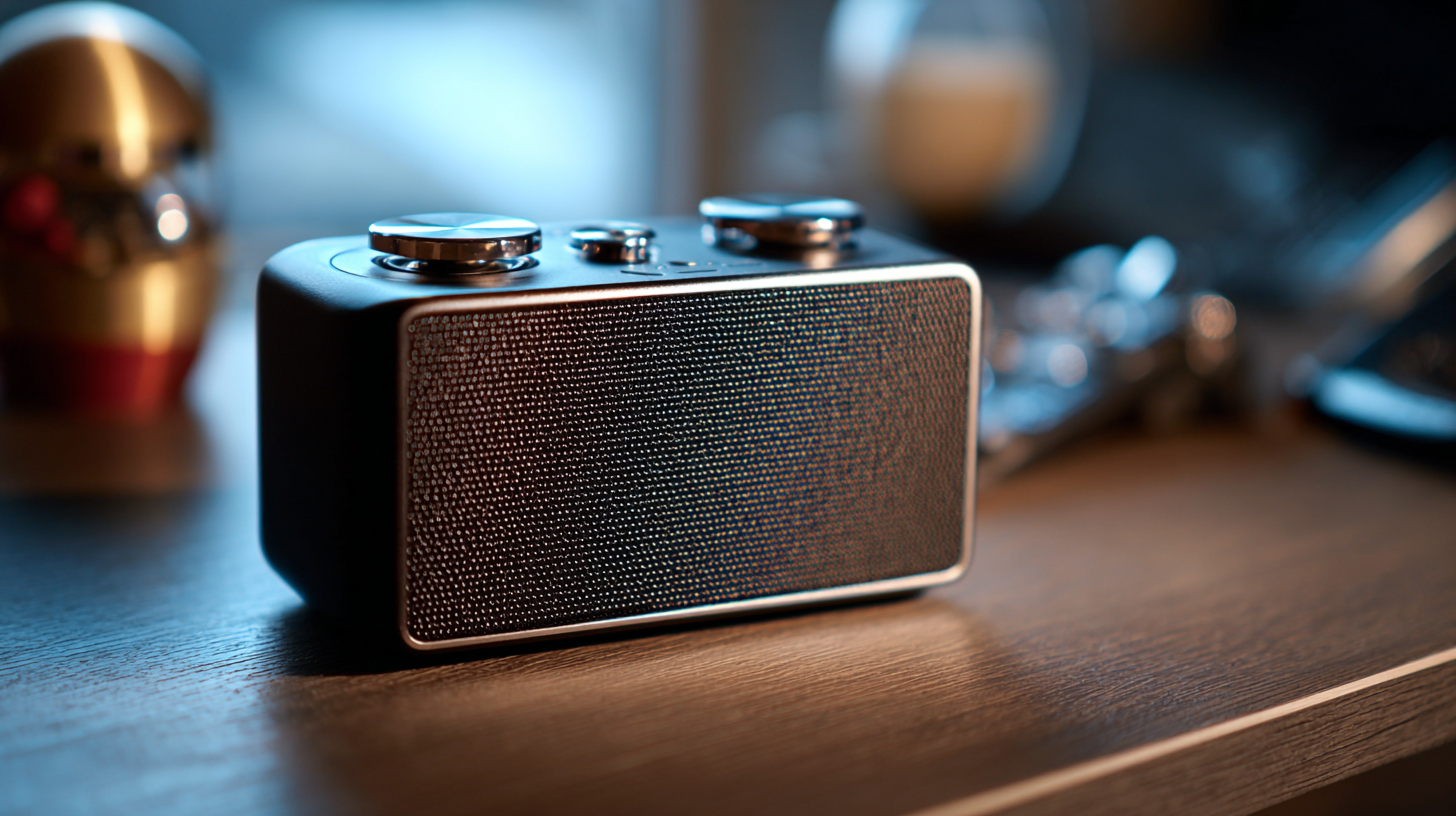
The SBC (Subband Coding) codec is the standard for Bluetooth audio but may limit sound fidelity, especially at lower bit rates. On the other hand, codecs like aptX and LDAC allow for higher bit rates and lower latency, which can deliver near CD-quality sound. A study from the Institute of Electrical and Electronics Engineers (IEEE) revealed that devices utilizing aptX can achieve bit rates up to 352 kbps, while LDAC can go as high as 990 kbps, thus providing a noticeable improvement in audio performance. This distinction underscores the importance of selecting the right codec in enhancing the overall listening experience for consumers who value sound quality in their Bluetooth speakers.
When selecting a Bluetooth speaker for an optimal sound experience, it's crucial to consider several key factors that can significantly affect sound quality. First, examine the speaker's driver size and type. Larger drivers typically produce deeper bass, while smaller drivers might excel in treble clarity. Additionally, look for speakers equipped with passive radiators, which enhance low-frequency performance without adding extra bulk.
Another important aspect is the speaker's Bluetooth version. Aim for at least Bluetooth 5.0, as it offers improved range, stability, and sound quality over previous versions. Features like aptX or AAC codec support can also enhance audio fidelity, particularly if you use devices that support these codecs. Remember to check the battery life, as a longer-lasting battery can ensure continuous playback without compromising sound quality during extended use. Finally, consider the speaker’s design and portability, as a well-built speaker can enrich your listening experience by facilitating better sound projection and positioning.
Environmental factors play a crucial role in the performance and sound fidelity of wireless Bluetooth speakers. According to a report by ABI Research, over 70% of audio quality issues in Bluetooth speakers can be attributed to environmental interference, including obstacles and ambient noise levels. For instance, sound waves can be absorbed or reflected by walls, furniture, and even the speaker’s proximity to other electronic devices, leading to distortion and reduced clarity.
Temperature and humidity also significantly impact the acoustics of Bluetooth speakers. A study published in the Journal of Acoustics showed that extreme humidity levels can lead to dampening of sound waves, while higher temperatures may improve sound transmission but can also affect battery life and performance stability. Moreover, outdoor settings with variable wind conditions can introduce unwanted noise, further complicating the listening experience. These findings emphasize the importance of considering one's environment when purchasing or using Bluetooth speakers to ensure optimal sound quality.
